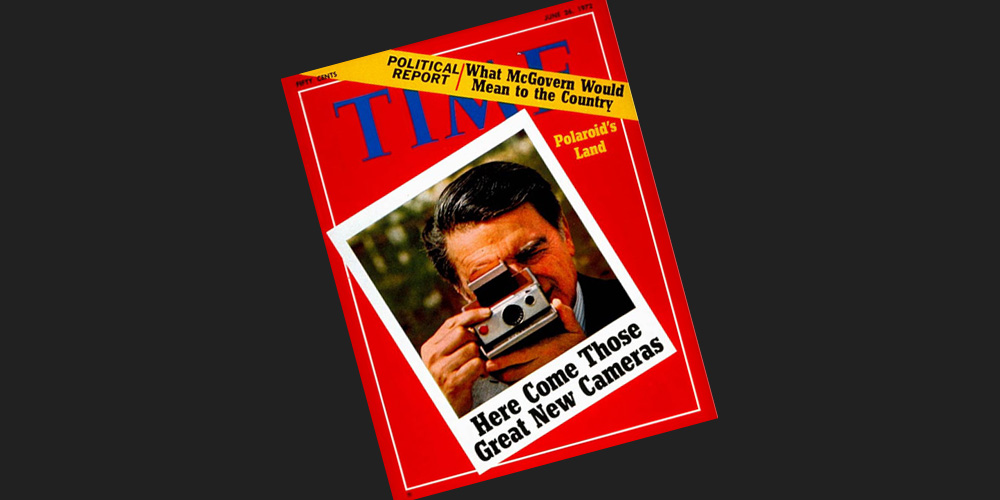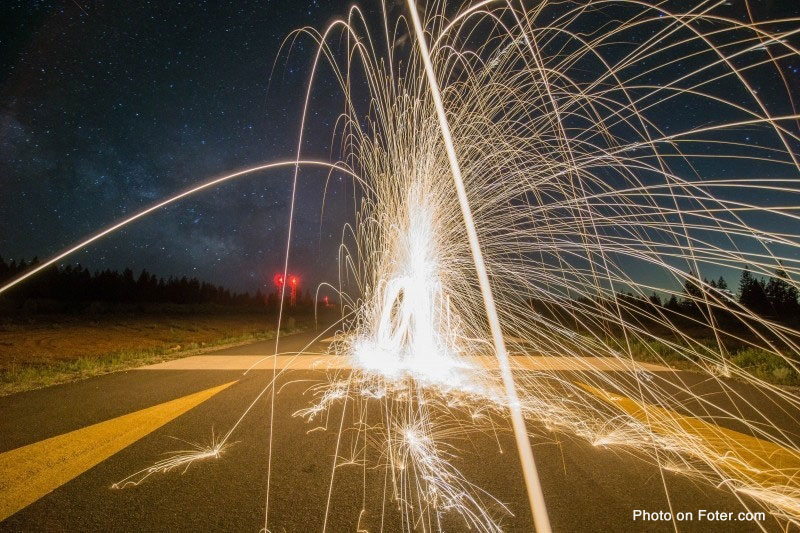The Shoulders of Giants
Edwin Land foresaw humanity’s “latent interest in each other.” Decades prior to the internet, something spoke to Mr. Land about file sharing and interactive engagement.
He wanted these services to be a part of Polaroid, the company he founded in 1932 as Land-Wheelwright Laboratories, and which later was changed to Polaroid in 1937.
Land knew that people wanted to catalog their lives as much as possible, by the second were it conceivable. And look where we are today with the sharing of photographs over social media.
Christopher Bonanos, writing in the Wall Street Journal, notes that it was just a generation ago that Mr. Land would be mentioned alongside Thomas Edison. Today, though, Mr. Land is relatively unknown; but his ideas have been absorbed by the smartphone and championed by the latest generations born into pervasive technology.
Look at social media sites such as Facebook. Should an event not be extensively documented via photograph, it seems as though it never happened.
When print technology emerged, skeptics feared it would wear away at the human mind’s capacity to memorize. Does the enthusiasm to document life in picture advance the same cause?
It was Albert Einstein who once said, “Never memorize something that you can look up.”
Mr. Land knew that there is a component to humanity that evokes our interest in other people. He called it a “prehistoric tribal competence.” It is no wonder, then, that social media satisfies sociality for so many, and brings happiness and communal delight to its participants located the world over.
Image Source: Edwin Land, Time Magazine.








